The latest in a series of interviews with artists who have a significant body of work that makes use of or responds to network culture and digital technologies.
Alongside this profile, DINOSAUR.GIF is presented on the front page of rhizome.org.
Tess Edmonson: Your work is in conversation with media histories of the looped moving image, from the zoetropes that appear in This Unwieldy Object and Circuit Training to the screengrab .gifs that appear in DINOSAUR.GIF, compiled in an .rtf document that you’ve presented live in front of audiences by scrolling through in real time. What is your interest in these animation technologies?
Anna Zett: The circular animation devices from the 19th century used optical and mechanical tricks to suggest that it is possible for human technology to make animals (like us) move whenever we want and as long as we wish, looping one movement ad infinitum. On an emotional level my interest in these animation technologies has a lot to do with the problem of mortality, with the repeated experience of losing somebody to the non-existing universe of eternal stillness and immobility. After one particular death, about ten years ago, I realized, intensely and very painfully, that I cannot produce any belief whatsoever in the idea of resurrection, in the idea that this person will ever move again. Pretty much all of a sudden I became interested in moving images and I wanted to learn how to make films. A few months later I found myself back at the hospital with a video camera, but this time in the ward for reproductive medicine, trying to film biologists as they try to join egg cells and sperm cells, making families, making life.
Simultaneously, on a theoretical level, it was my desire to deconstruct the ideology of modernity, or the paradox of progress, that led me from contemporary bioscience back to the colonial spectacles & showman performances of the 19th century, and then via the CGI dinosaurs of Jurassic Park back to the now.
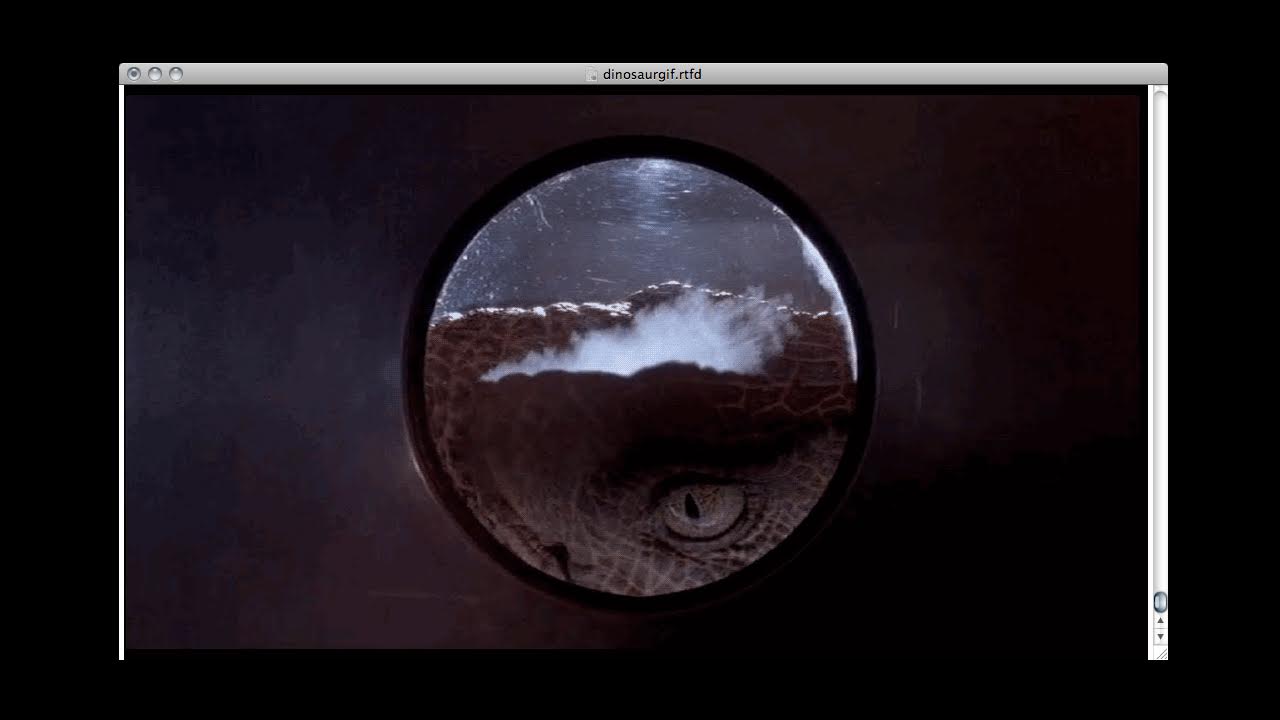
Anna Zett, still from Dinosaur.gif (2014)
TE: Your 2014 film This Unwieldy Object traces the material histories of dinosaur bones in the United States, including how modern geology and palaeontology both propelled and lent legitimacy to colonial expansion into the American west. Could you talk about how the bones and their extraction play into the rhetoric of the American colonial imaginary?
AZ: Chemically, as well according to my sense of touch, fossils are stones and not bones, but it is interesting how in the US/American national rhetoric it's all about "bones": as in Jefferson’s "Bone Room" in the White House, as in the heroic myth of the "Bone Hunters" and their scandalous "Bone Wars.” A detail by W.J.T. Mitchell helped me to understand this rhetoric. He said, in the late 19th century, when trainloads of dinosaur fossils were sent from the Rocky Mountains towards the East Coast, the giant landscape those trains went through was a veritable boneyard, defined by buffalo skeletons, bones of animals that died during the great cattle drives, the corpse-strewn battlefields of the Civil War—and maybe foremost of all, but missing in Mitchell’s list, the transcontinental mass grave of America’s indigenous peoples. On the East Coast, the extracted dinosaur fossils were supposed to serve as a spectacular proof that white America, compared to Europe, had in fact an even older history, much bigger and more ferocious extinct fauna, and more advanced knowledge in prehistoric monster science. The white conquest of the continent all the way to the West Coast had already been legitimized by imperialist delusions like "manifest destiny,” capitalist principles like private property, as well by plain racism. I think dinosaur bone science served more like a spectacular cover-up story, an alibi-mythology enabling the repression of something that today might be called a massive crime against humanity, most of which had already happened when, in the 1870s, those bone hunters went to the colonial war zone of the "Wild West" to dig up a new American past. The dinosaur past was both real, as in literally based on hard facts, and entirely fantastic, a perfect figure upon which to project your own aggression and violent behavior. I'm also drawn to the idea that, in the 19th century, the prehistoric spectacle—just like the performances of electrical inventions and moving-image devices—recalled ancient powers of sorcery while at the same time reducing everything to science and commerce. But this is a long and paradoxical story and as I left the academic world after this research project, I cannot really talk about this as a scholar anymore.
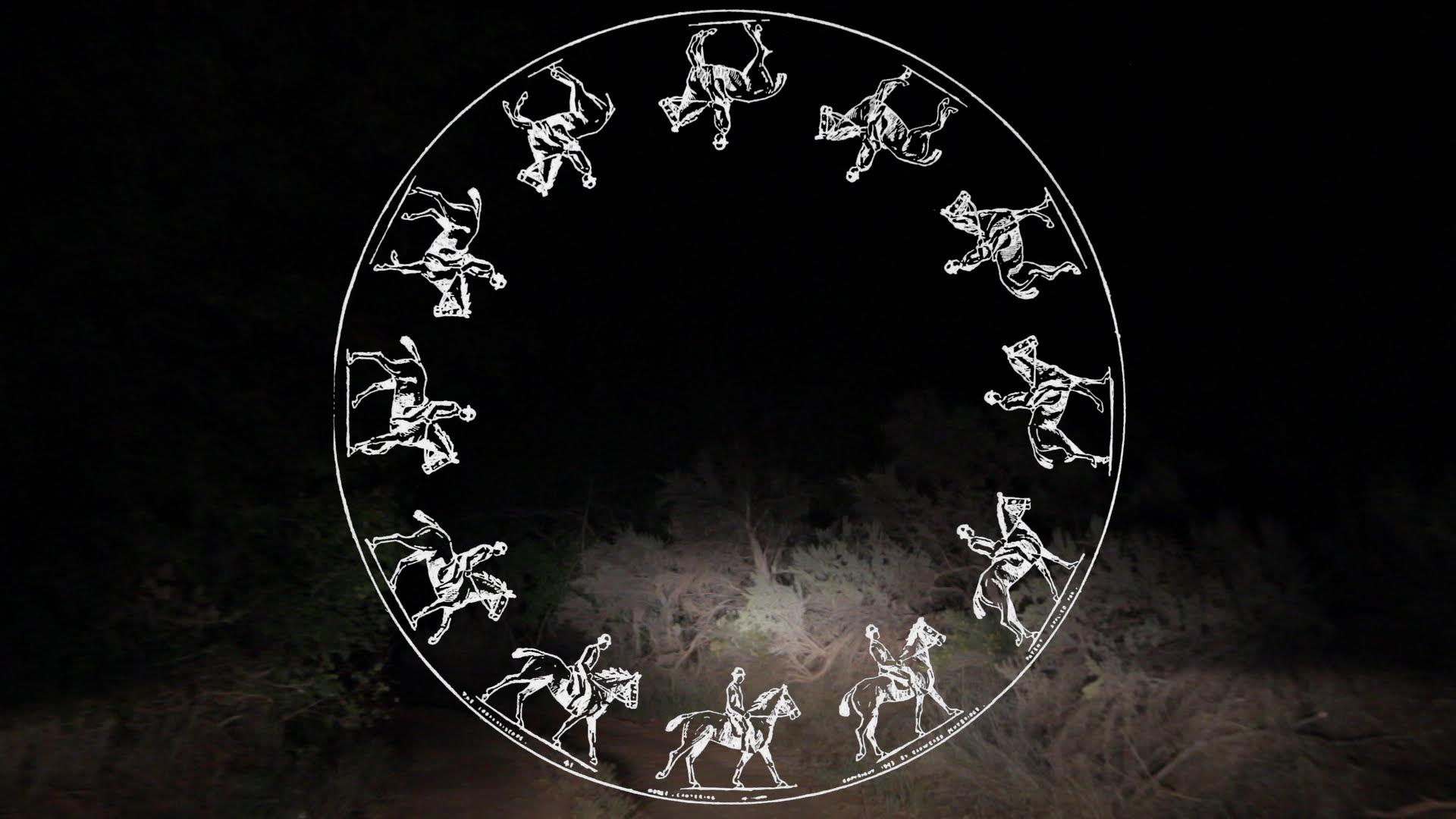
Anna Zett, still from The Unwieldy Object (2014)
TE: There’s a really nice moment in the film where your voiceover, in the second person, narrates the process of making a narrative among the huge amount of research you’ve collected, including a parallel between the American frontier and the Berlin Wall, “symbolic edges of the former West,” while standing in front of a fragment of the Wall which is, as you point out, made in the GDR, where you are from. How do you weigh the didactic elements of this kind of filmmaking against (what I read as) a desire to represent ambiguity, hesitation, or subjectivity?
AZ: One major motivation behind This Unwieldy Object was to meet Native American paleontologists, to tell a story about a resistant appropriation of this colonial science. The imperial perspective can be understood from analyzing movies and theoretical texts, but practices of resistance can't be grasped as easily, so I needed to go there in person. But then I was faced with questions like: who am I to make this film, who is this semi-ridiculous character travelling to some of the most remote places of the USA with a theory about dinosaur film, is she gonna be behind the camera? I decided against embodying the camera-eye, and finding out about the Berlin Wall Exhibit in Rapid City—where I already needed to go for many other reasons—helped me to figure out my role. In academic writing, narrator and protagonist are not distinguished, there is only one position, which they share: the position of the research subject, the self, which is separated from the world (historical or material). Making a film, a “research drama,” as I ended up calling it, gave me the possibility to split this subject position into narrator and character, making space for both comedy and drama in the gap between the two. The biggest challenge in this was to show a researcher losing her thread in personal associations without making this a matter of failure. Only the most virtuous comedians are able to fail in a generous, non-narcissistic way, and I was someone who had just started to let go of my rational safety belt. Told as a story of failure, this film would have been at risk of subordinating real historical and political issues under a pseudo-personal fictitious ego-journey. I spent two years with the edit trying to figure out how to avoid that, how to respect the real, the other, the dead, while at the same time also connecting to the forces that make me care about a particular topic in the first place, emotionally and historically. For me, filmmaking is about finding the right balance between being somebody and being nobody, between speaking and listening, seeing and being seen. With my more recent work for the radio and on stage it's similar. In the end it's all about the problem of dialogue, the promise of communication. I don't desire to represent ambiguity, or hesitation, not at all, but maybe it can look like that sometimes.
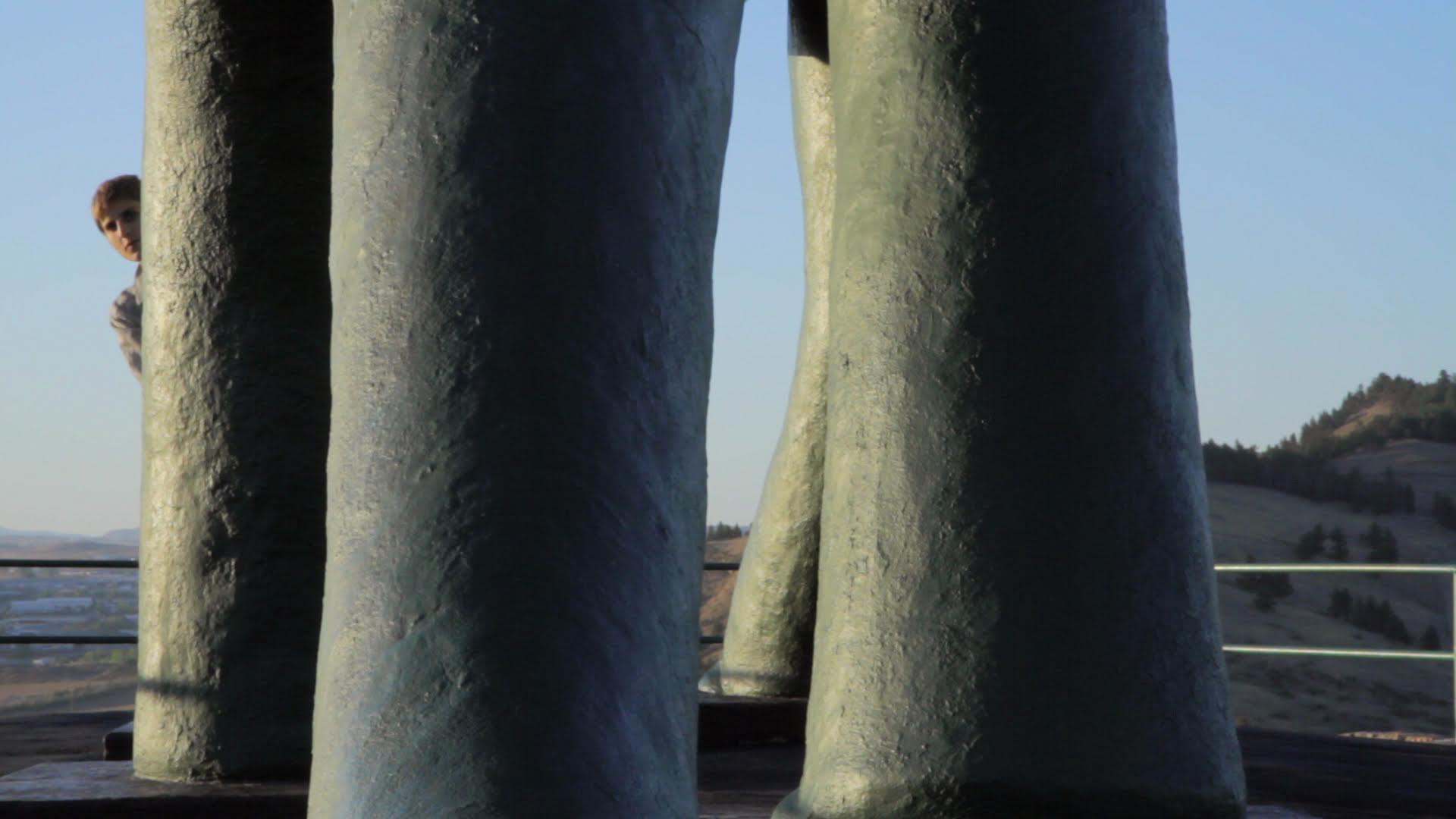
Anna Zett, still from The Unwieldy Object (2014)
TE: In a more recent video, Circuit Training (2016), a voiceover describes an impossible camera navigating the minute interiors of the brain between cells, while the frame depicts alternately screensaver-type animations and filmed scenes from from an amateur boxing fight, as well as staged boxing exercises. What is your interest in the intersection of repetitive physical training—like boxing—and neuroplasticity?
AZ: If you look at the sea squirt—an animal that digests its own brain once it finds a place to settle—it seems that the main purpose of the brain, as it developed in evolution, isn't digestion, perception, or the control of input and output, but it's mobility. In humans the coordination of the most basic physical movement according to sensual information, inflicted by intention and emotion, is such an amazingly complex process that I came to dedicate a portion of my life and my art practice to its worship and understanding. One of the loved ones I lost suffered from a disease in a certain part of the brain, the cerebellum, slowly taking away her ability to coordinate movement, so my celebration of the brain also has to do with the terror of depending on the brain. I love boxing, because in relation to the brain it is such a paradoxical practice: through ongoing repetition you attempt to improve your neural skills—speeding up your hand-eye coordination, strengthening your physical intention and focus, learning how to make your whole body an unpredictably mobile target. But in the fight which all this circuit training is supposed to lead up to, you are being punched in the head in such a way that you risk irreversible brain damage! I only fight in non-brutal contexts, where no one will be knocked out, but this paradox stays present for me nevertheless. Unlock your brain in order to damage it! But boxing is not only a training, it is also a ritual, so it must be paradoxical. Just like dinosaurs, boxing was a popular attraction in the imperial centers of industrial modernity as well as a popular motive for early cinematic animation, and as it happens, both of these things had a comeback in the 1990s. The boxer and the dinosaur were updated to the age of simulation, information, digital animation—and the psyche was, too. Neuroscience now promises to reveal the networked content of our heads with the help of computer generated images, to give us a sense of control. But both visually and sensually the processes inside our nervous system remain fantastical. I think paleontology and neuroscience have a lot in common in that sense. They say that after the End of History, the monstrous borderline of the American Frontier moved into the nervous system of every one of us. Of course history hasn't ended, but I suspect I haven't really understood yet what happened in the 1990s, in the former East, the former West, technically and spiritually. But with new, potentially very destructive shifts expected in the near future, there is now a sense of running out of time for this analysis.
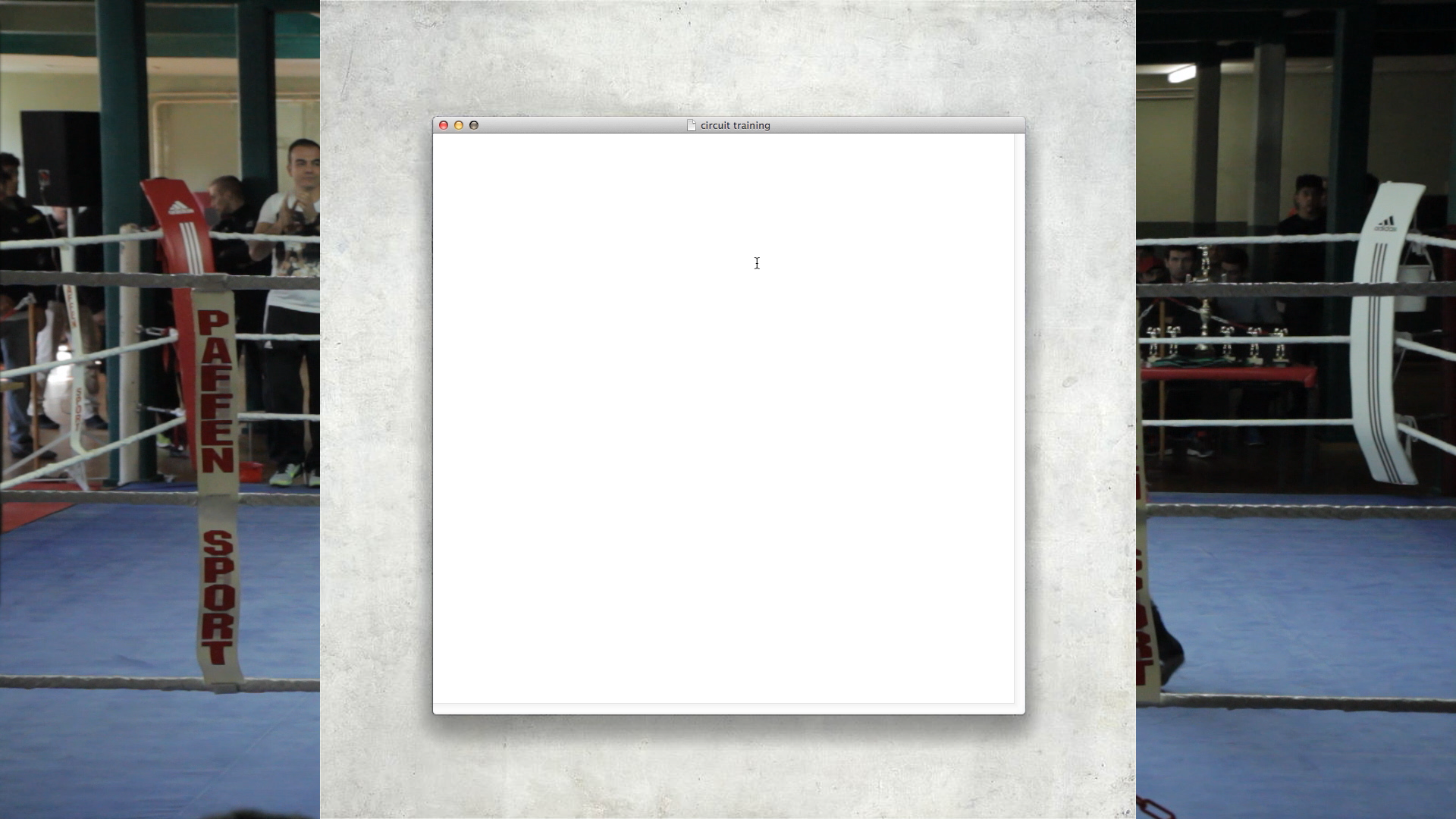
Anna Zett, still from Circuit Training (2015)
Questionnaire
Age: 33
Location: Berlin
How/when did you begin working creatively with technology?
The first time I recall using an electronic recording device artistically was in the third iteration of our DIY circus, when I was around 10 years old. Instead of playing our musical instruments live behind the curtain, we recorded them on tape, so all three of us had the hands free to do other stuff.
Where did you go to school? What did you study?
I officially studied Gender Studies, Philosophy, and European Ethnology at Humboldt University Berlin, for 8 years. Tuition was free, hardly any course was mandatory, attendance wasn't registered, and Gender Studies was transdisciplinary anyway, so I got into the habit of checking out any class at any Berlin university or art school that sounded interesting. Eventually I joined Hito Steyerl’s class at the University of the Arts where I kept going also after my graduation from Humboldt, while editing This Unwieldy Object. At some point I also did an exchange at Middlesex University in London.
What do you do for a living or what occupations have you held previously?
I have been working as an A/V technician and video editor in the theater context and still do sometimes. Through that I once ended up co-hosting a dance karaoke show, together with performer and theatre producer Tina Pfurr. To our surprise this turned into a regular show and we were invited to travel. It's an amazing side job actually, teaching me a lot about being on stage and taking me to places I wouldn't go otherwise, like Côte d'Ivoire and Cameroon. It's also a way to reconnect with my childhood dream of becoming a circus artist, quite literally, as I can now make money from childishly failing to imitate very difficult choreographies and encouraging others to do the same. Another thing I have done and will hopefully continue to do for a living is making experimental radio dramas for the German public radio.
What does your desktop or workspace look like? (Pics or screenshots please!)
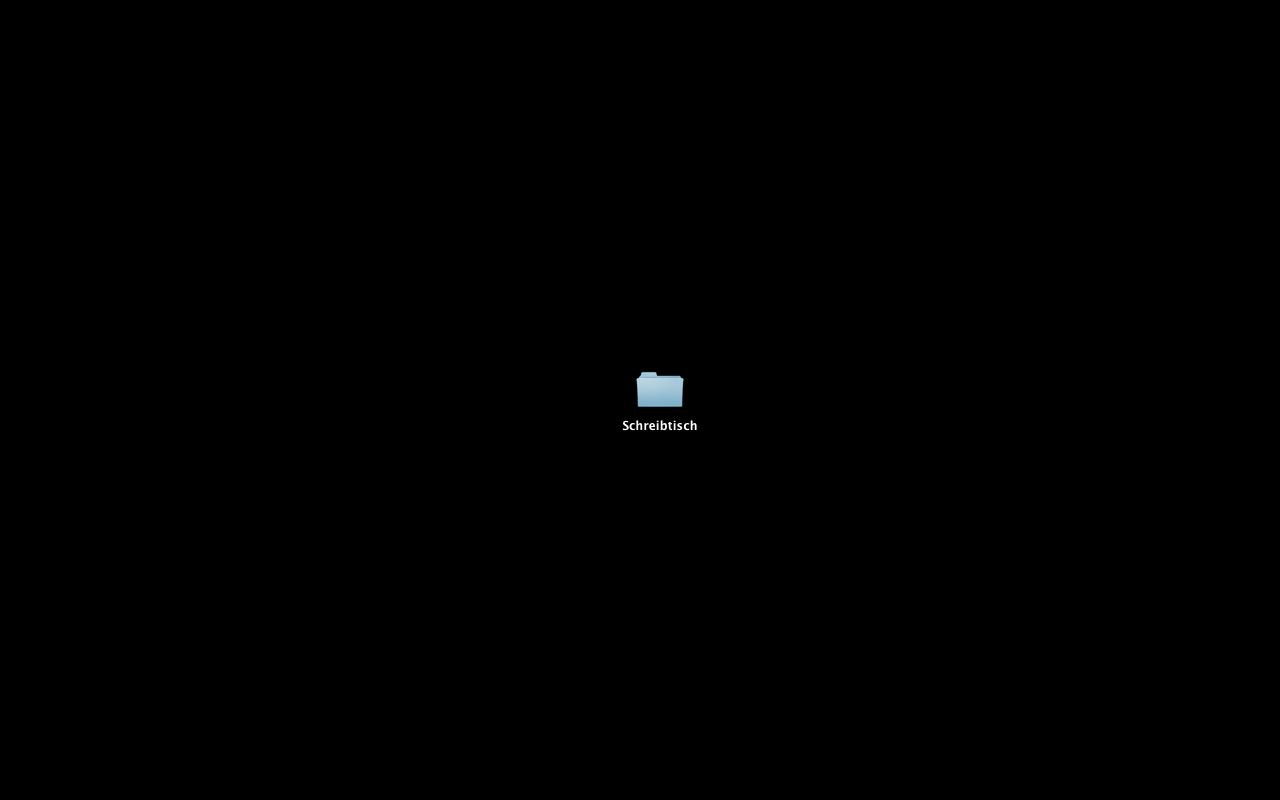
Header image: still from Circuit Training (2015)
